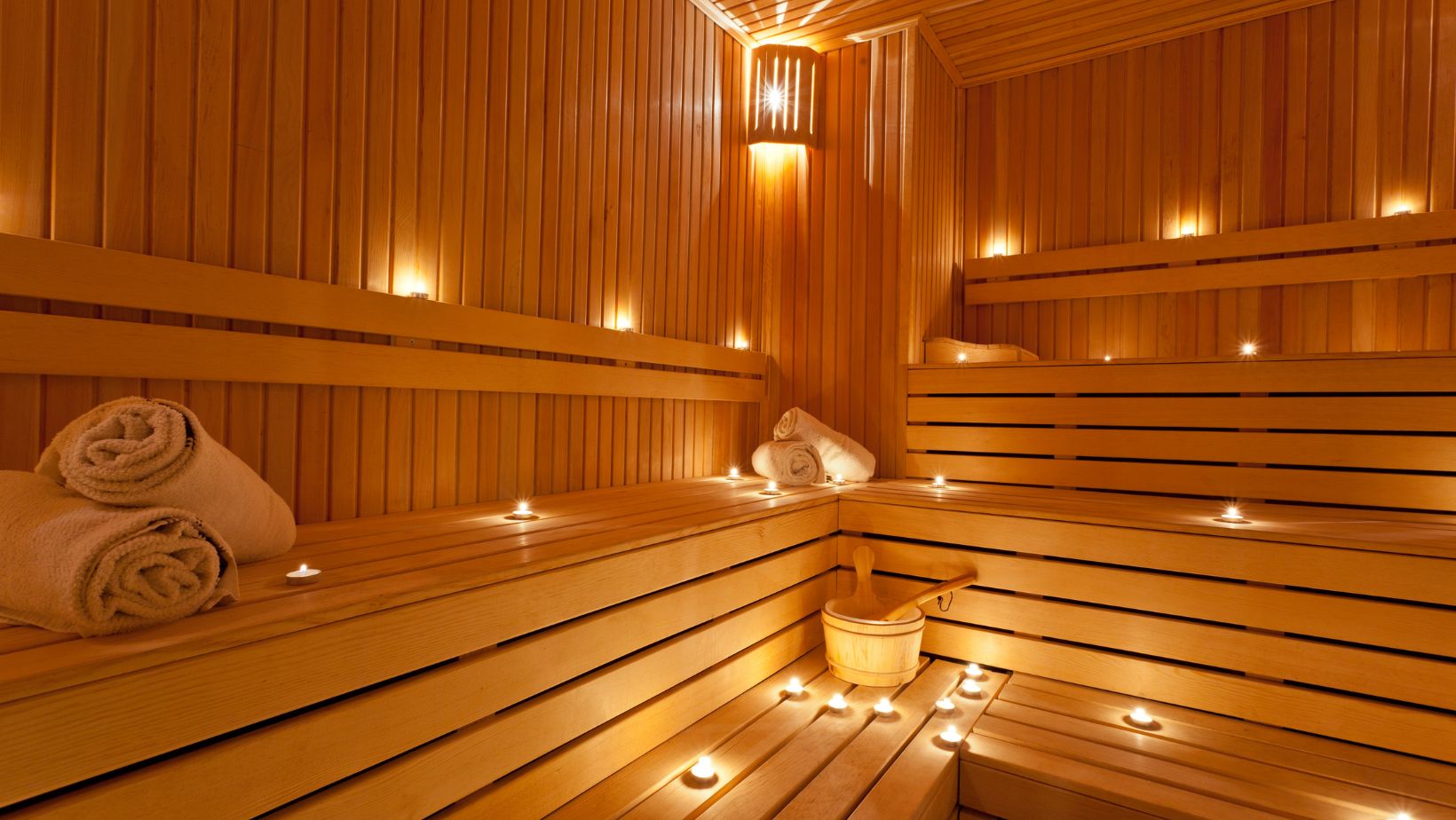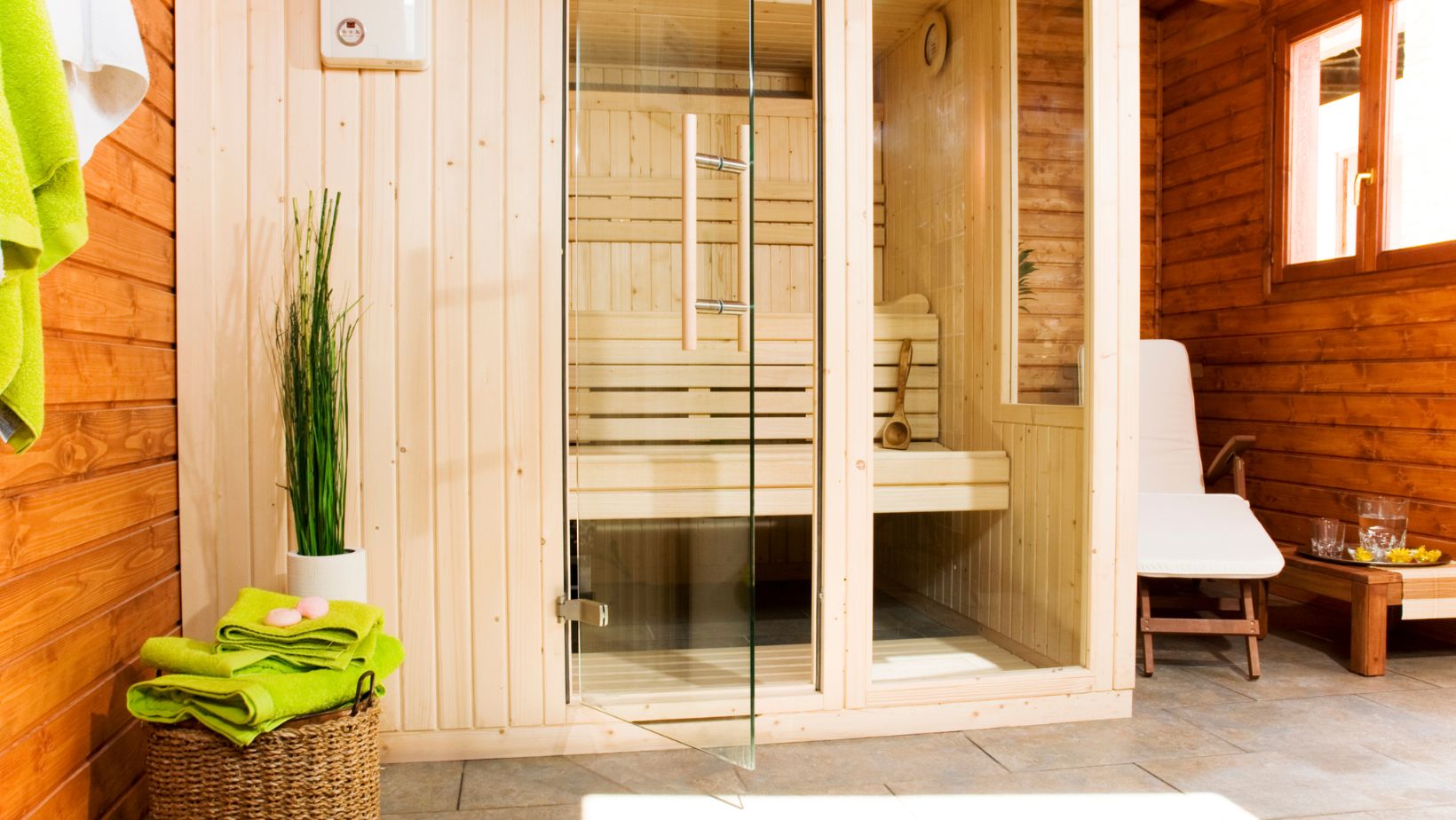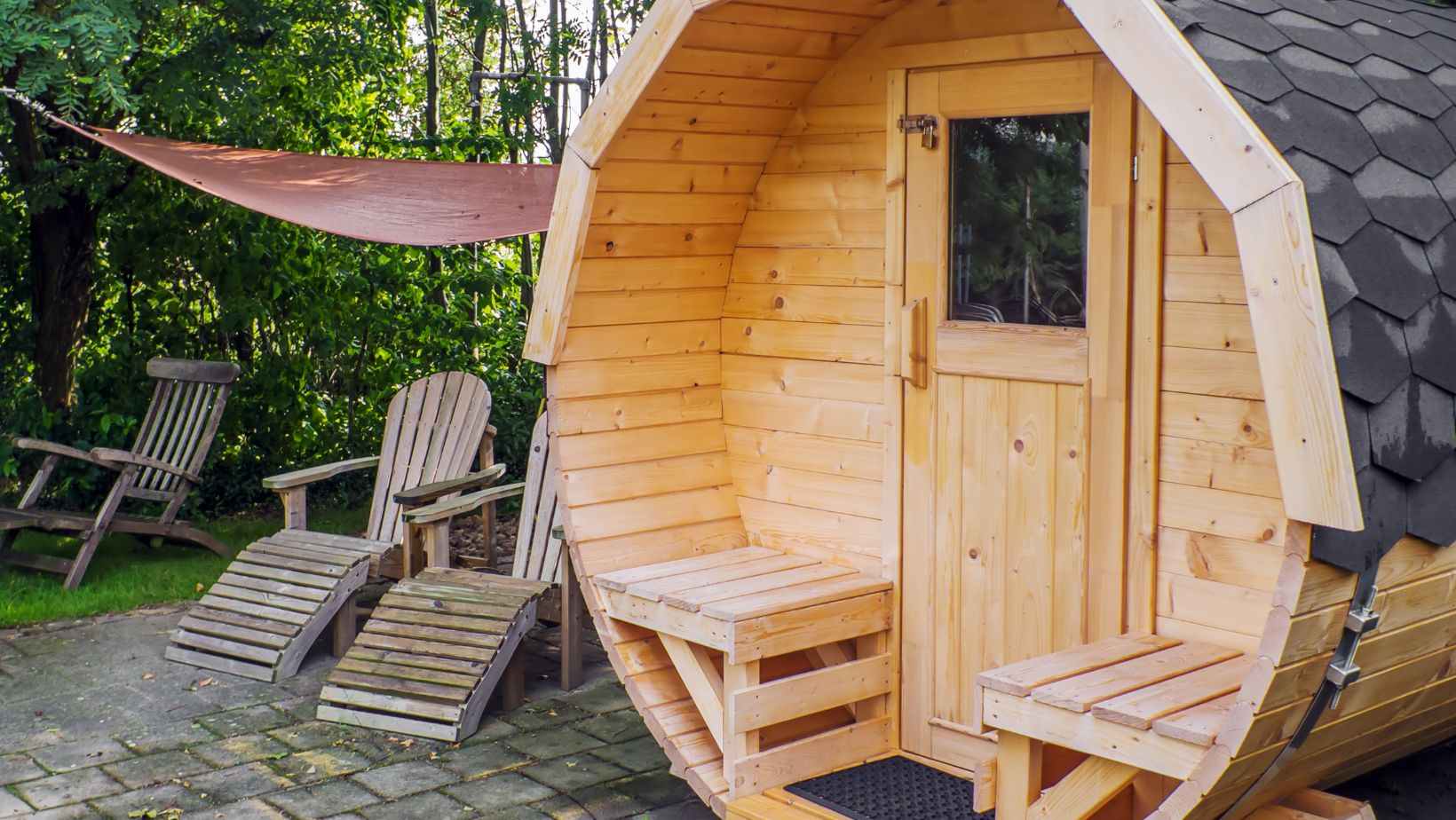
There are few better ways to wind down after a long hard day than in the sauna. With a prebuilt sauna kit, a sauna is both achievable and affordable in any US home. This is especially so when you compare a home sauna assembled from a prebuilt kit with the cost of either building one from scratch, which can quadruple the cost or more, or paying out for spa membership.
While costs vary significantly depending on location and facilities, the average gym member pays around $50 for membership fees alone. So that’s at least $600 per year, which can be saved by building a home sauna using a prebuilt sauna kit.
What is a prebuilt sauna kit?
Planning a new home sauna doesn’t have to be complicated, as this range of Cedro prebuilt saunas clearly demonstrates. They are built for ease of assembly and installation, with the American DIY enthusiast firmly in mind. Unlike a prefabricated sauna, which arrives fully assembled with a prebuilt sauna kit, the wood, hardware, components, and accessories are packaged and shipped in kit form to your home.
With a prebuilt sauna kit, you know you will be getting a high-quality product made from premium-grade cedar and using a sauna heater from a leading manufacturer. You just need to assemble it on-site. There’s nothing to fear, however, and this is a fun and rewarding project that is easy to complete as long as you have a basic set of tools and you’re not afraid of a little heavy lifting.
Making preparations for your home sauna
First, you need to decide where your sauna will be located. Select a dry location with plenty of ventilation. Assuming you opt for a sauna with an electric heater, it needs to be reasonably close to a power source but away from sources of water. Also, check with your local planning office to find out whether any permits are required. In most cases, you do not need permission, but it depends on the size of the sauna. Some US states and zones have stricter rules than others, so it always pays to make sure. If in doubt, get some expert advice from a landscaper.

Next, dig out an area where the sauna will stand. The size depends on your choice of prebuilt sauna kit. For example, if you choose a 5′ x 5′ sauna, you should dig an area 66 inches square, so allowing an extra six inches each way. You can then create your concrete base for the sauna. For smaller saunas, some people just bury a concrete footer in each corner and then use a wooden platform for the base. Check the requirements for your chosen sauna and follow the instructions. It is a false economy to compromise on something as important as the base.
The final stage of site preparation is to dig a trench for the electric cable from the sauna site to the closest power supply. This needs to be approximately one foot in depth.
Electrical installation for your sauna
Unless you are a qualified electrician, you must use a professional to perform the electrical installation. Attempting to do it yourself is dangerous, and in most US states, it is illegal under state law. Of course, the electrician can also dig the trench, but you can save some money by doing this task yourself.
Contact the licensed electrician well in advance of your prebuilt sauna kit arriving so that you can schedule the installation into the overall build, and there will be no delay in using your sauna for the first time. If you’re looking for a high-quality sauna, consider the Nordica Sauna, known for its exceptional craftsmanship and ease of installation, ensuring a luxurious experience right from the start.
Assembling your sauna from a prebuilt kit
All that remains is to make sure you have all the necessary tools to hand for assembling your sauna. Again, these vary from one kit to another, but they are tools that will be commonplace in any DIY toolkit, and typically include screwdrivers, open end wrenches, socket wrenches, vise grips and a mallet.

Also make sure you have an assistant to hand. Even with the smallest prebuilt sauna kit, the components can be heavy and awkward to handle. Having someone to hold the components while you assemble them reduces the risk of injury or damage.






